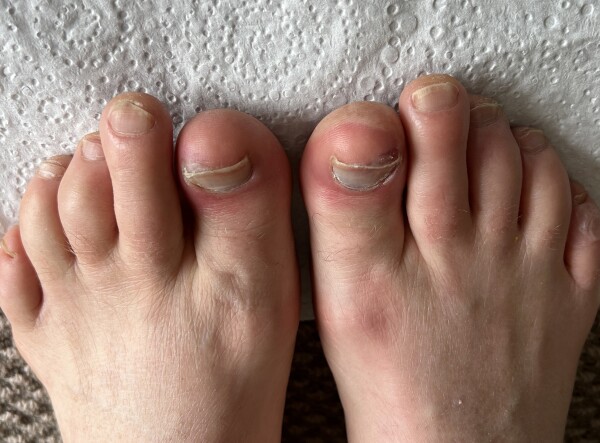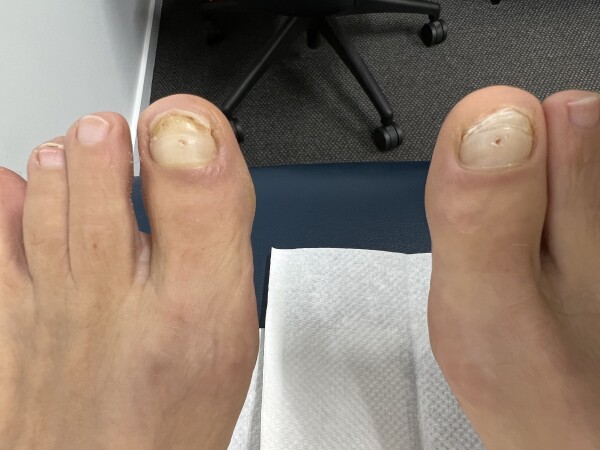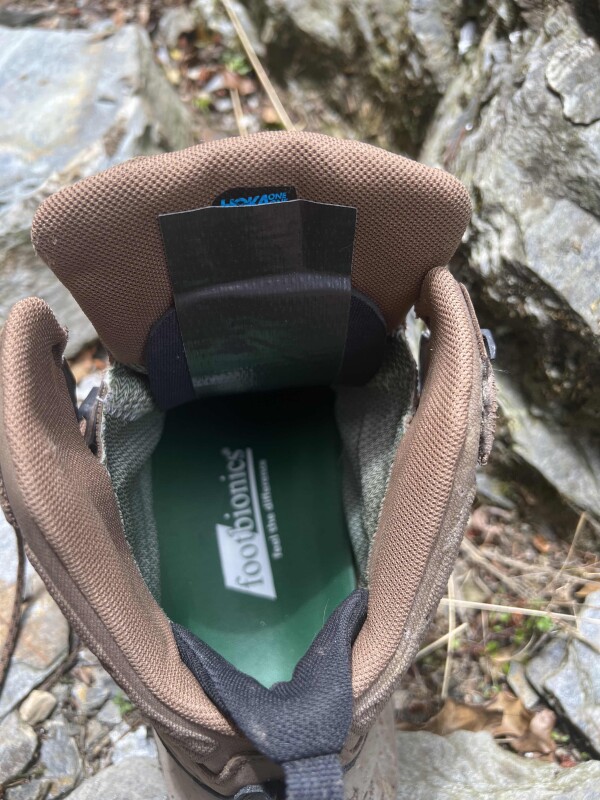What Happened to My Toes?
Treating patients with avoidable tramping injuries is becoming more common for Greg Woolman, head podiatrist at Christchurch’s Sports Clinic.
With broad experience in research combined with his hands-on experience working with elite athletes and sports teams, Greg has important yet easy footcare advice to help trampers avoid those niggles while out on the tracks, and ultimately remain injury free.
This article is one of a series written by sports podiatrist Greg Woolman for the NZ Mountain Safety Council.
Here’s the picture - you tramp regularly uphill, downhill and on the flat as well. Your feet are holding up just feel fine and feel invincible.
But hang on! That long distance tramp you have been building up for suddenly finds your feet out. ‘Have my boots shrunk or my feet grown’ you may ponder as you look at your bloodied or discoloured toenails.
So, what is happening that has suddenly created this phenomenon seen only in distance runners or trampers?
No, your boots have not shrunk! Your feet on the other hand are suddenly reaching the end of the boots and causing a collision usually of the 1st and/or 2nd toes. This repeated impact pushes the nail backwards and step after step eventually causes the nail to shear away from the nail bed as well as cause trauma to the soft tissue from which the nail grows.
A subungual haematomoa is a bleed beneath the toenail.
These shear force causes the nail to separate from the nail bed. This space fills with blood and creates high pressure on the underlying nail bed which is rich in nerve endings.
Low level repeated trauma may create a blackened nail over a longer timeframe. Small micro bleeds that simply cause the nail to become black due to the dried blood beneath the nail.
These nails often become thickened due to repeated trauma from the collision into the end of the shoe.

A subungual haematomoa before draining

A subungual haematomoa after draining
A more acute event will however cause a far more painful toe.
The nail lifts and a significant amount of blood and tissue fluid accumulates adding pressure on the underlying nerves is quite uncomfortable. If the trauma continues this fluid can leak out from under the nail much to the alarm of the tramper when the boot is removed.
Let’s revisit what has caused this sudden occurrence.
Clearly there are some well-known basic factors such as
- Nails too long
- Boots too long
- Boots too small
- Loosening / stretching of lacing or upper material
What the studies show
There are however several studies that have looked at the feet of distance runners before and after a marathon. Significant increases in forefoot pressures by the end of the event were recorded indicating a change toward more forefoot loading over time. Another more recent study of ultra-distance runners identified that the arch physically lowered in the study group they examined. Muscle fatigue was theorized as the contributing factor in allowing this structural change.
Both of these studies add weight to the fact that the foot is changing when exercising over a greater distance. It may well be there is a critical threshold where the foot functions quite normally and retains its shape with no repercussions. However, beyond this threshold the arch height reduces and allows the foot to lengthen and move forward under the lacing system of the boot. Elevated pressures underneath the forefoot helps to support this theory.
Prevention is definitely better than the cure.
- Purchase footwear that is not too tight and not too loose. A loose boot can be just as bad given the foot has more room to move.
- Trim your nails just before your tramp so the free edge is perhaps more minimal than normal.
- Consider the heel lock lacing system to help hold the heel back in the boot and prevent forward foot movement. Padding under the tongue using pieces of 3mm neoprene cut into rectangular shapes can work in the same way by holding the foot back in the boot.

Padding under the boot tongue.
To treat the actual condition when it occurs, releasing fluid under the nail can provide immediate relief.
- Using a heated paperclip you can literally melt a hole through the nail and allow the fluid to escape. It sounds scary however it is simple and worth using in the field if you get caught out.
- Note that the paperclip has to get red hot before pressure is applied in the base of the nail to allow 1-2 holes to be created. Trust me – immediate relief!
You may well lose the nail however don’t worry as a new one will soon appear.
- Keep a band aid over the nail after this procedure and to protect if the nail gets too loose otherwise it will catch on socks, sheets etc.
Pack that paper clip into your First Aid Kit.
Happy tramping.
Read more from the Greg Woolman Series